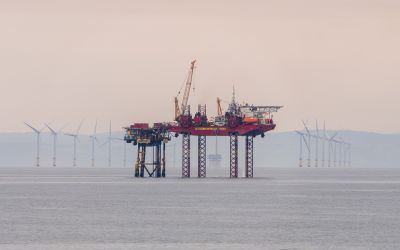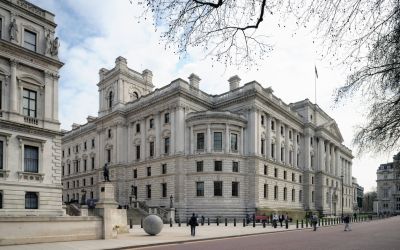Copenhagen recap; Bonn to Cancun
Looking forward to the 7-9 April planning summit in Bonn, Germany, government ministers will identify what was accomplished in Copenhagen, and what failed to happen in hopes to move forward into Mexico City COP16.

 The UNFCC and Reuters compiled a summary of the conclusions of the Copenhagen. Looking forward to the 7-9 April planning summit in Bonn, Germany, government ministers will identify what was accomplished in Copenhagen, and what failed to happen in hopes to move forward into Mexico City COP16 summit this December.
The UNFCC and Reuters compiled a summary of the conclusions of the Copenhagen. Looking forward to the 7-9 April planning summit in Bonn, Germany, government ministers will identify what was accomplished in Copenhagen, and what failed to happen in hopes to move forward into Mexico City COP16 summit this December.
111 countries ratified the Copenhagen Accord. Each country pledged support for keeping the average global temperature from increasing above 2.0° C by the year 2020. Countries on the Accord acknowledged that temperatures have already increased 0.7° C since pre-industrial times.
However, no country is legally bound to uphold the 2.0° C goal, and instead, each country has pledged to 'significantly reduce CO2 emissions'. The reduced emissions in industrialised countries are to be funded domestically and submitted to a UN committee for review-on average, countries have pledged emission cuts around 14%-18% of current levels.
Many OPEC countries and developing nations including Bolivia, Cuba and Nicaragua vehemently opposed the Copenhagen Accord. OPEC nations feel they will need compensation as the world shifts from oil and petrol consumption to renewable sources such as solar and wind. Developing nations fear that the Copenhagen Accord doesn't adequately state that it is the responsibility of developed and rich nations to lead and fund adaptation projects.
Yvo De Boer echoed the feeling of many climate scientists: the Copenhagen Accord does not go far enough and will not be sufficient to curb global warming. It will not be sufficient even if we can achieve the 2.0° C goal, and the likelihood of meeting the goal under the Copenhagen framework isn't very likely.
"It is clear that while the pledges on the table are an important step towards the objective of limiting growth of emissions, they will not in themselves suffice to limit warming to below 2 degrees Celsius. The Climate Conference at the end of this year in Mexico therefore needs to put in place effective cooperative mechanisms capable of bringing about significant acceleration."
The Copenhagen Accord does set up some funding for adapting and developing countries, but the mechanism and volume of funds will need to increase. The Accord sets the target of jumpstarting a $30 billion fund from 2010-2012, and by 2020, developed countries should contribute an annual $100 billion to help developing countries mitigate emissions, and help support the countries effected by climate change to adapt. The "Copenhagen Green Fund" will be an additional source of revenue and supply funding for green technological research.
Decreasing deforestation is also seen as an essential global focus. Trees store carbon as they grow, so deforestation immediately releases CO2 into the atmosphere and indirectly increases CO2 in atmosphere by storing less CO2 in plant fauna.
Looking forward to Bonn and Mexico City, officials will try to make conditions conducive for a globally and legally binding treaty with will clearly set mitigation targets and emission levels. The Copenhagen Green Fund and $30 billion jumpstart fund will need to develop quickly, and the means for administrating the funds will have to be decided upon. In Bonn, officials will plan how to best organise the Mexico City summit, and take into consideration what failed at Copenhagen and why it is not sufficient.
A recent UNFCC press release had Yvo De Boer state:
"It is important to keep in mind that many of these decisions, which would enable immediate action on climate change, came close to completion in Copenhagen. This work can be completed in Mexico, with the adoption of a strong and balanced package of decisions."
Author: Michael Good | Climate Action Image Provided by:
Weichert, Ulrich | Wikipedia

_400_250_80_s_c1.jpg)




